Women guards in Bergen-Belsen6 November 44...Daily the huts are subjected to a strict check. This is done by a young SS girl, the "gray mouse", who looks elegant and coquettish in her perfectly fitting uniform and pretty, shiny knee-length boots. Arrogant and noisy, she storms into the hut accompanied by a soldier and the Jewish camp leader (the "Judenältester"). The "gray mouse" gestures exaggeratedly, provocatively throws her body around sharply and utters theatrical, calculated, horrified cries whenever she sees badly washed dishes or a bed that has not been made carefully enough. She excels in slapping people in the face so as to produce a loud crack, impulsively, quickly and suddenly, without taking her glove off. Without any reason she daily punishes at least seven or eight prisoners in each hut by canceling their bread or meal. Her only aim is to bully, to torment and to humiliate. Her visits serve no other purpose. Diary Notes of Hanna Levy-Hass, September 1944 - April 1945 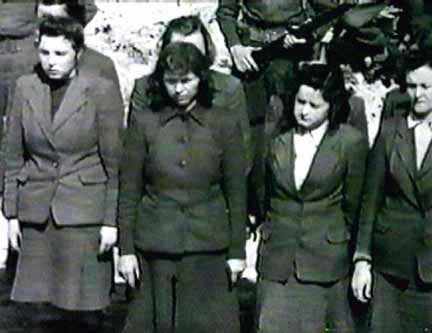 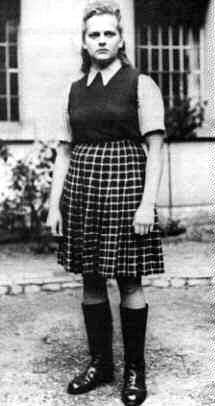 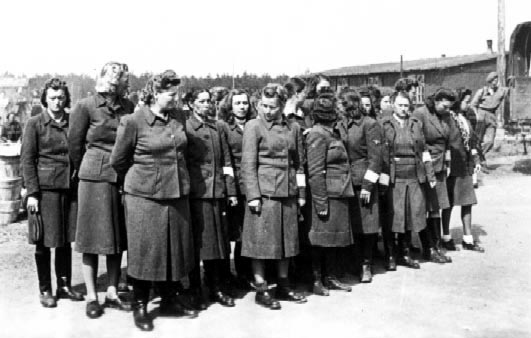 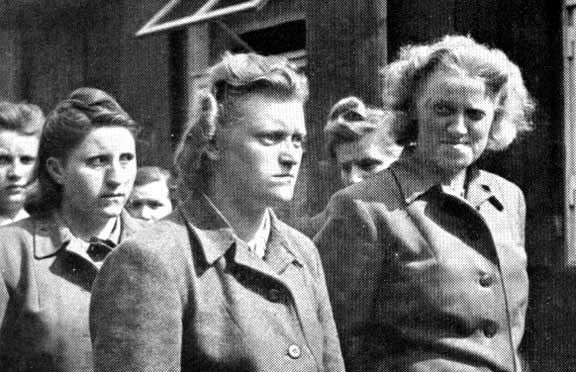 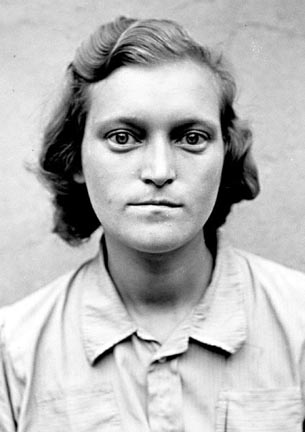 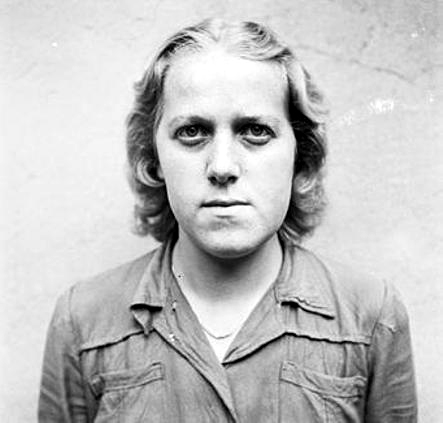 As of 2005, Herta Bothe was still alive and still defensive about her job as a female guard at Bergen-Belsen, maintaining that she had been conscripted in September 1942, at the age of 21, to work in the concentration camps; she claimed that she would have been put into a concentration camp herself if she had refused. After four weeks of training at the Ravensbrück women's camp, Bothe was first sent to the Stutthof camp near the city formerly known as Danzig, and then to the Bromberg Ost sub-camp in July 1944. She had previously worked as a nurse in a German hospital. When Bergen-Belsen was turned over to the British on April 15, 1945, Herta Bothe had been a guard there, in charge of 60 women prisoners, for no more than seven or eight weeks. She had arrived in the camp between February 20th and February 26th in charge of a death march of women prisoners evacuated from Poland. Bothe was one of the 80 guards who volunteered to stay behind to help the British take over the camp, not realizing that under the Allied concept of co-responsibility, she would be put on trial as a war criminal. In the photo above, taken by the British at an Allied prison in Celle, Bothe looks haggard and has dark circles under her eyes after working for weeks in the camp to bury around 17,000 corpses including the bodies of 13,000 prisoners who died after the British took over. Today, Herta Bothe is well known because of her defiant attitude and her show of anger when the women were ordered by the British to carry the rotten corpses to mass graves with their bare hands. In interviews years later, Bothe described how she was terrified of contracting typhus because the guards were not allowed to wear gloves or masks. She described how the arms and legs of the decomposed bodies came off in her hands when she tried to pick them up, and how lifting the emaciated bodies caused her back pain. Although the British brought in bulldozers and shoved some of the bodies into the mass graves, they forced the former guards to do most of the work manually as their just punishment for the horrible conditions found in the camp. Bothe was sentenced to ten years in prison after being convicted by a British Military Tribunal in 1946. She was released on December 22, 1951. The Belsen Trial - includes Irma GresePreviousBack to Bergen-Belsen indexHome |